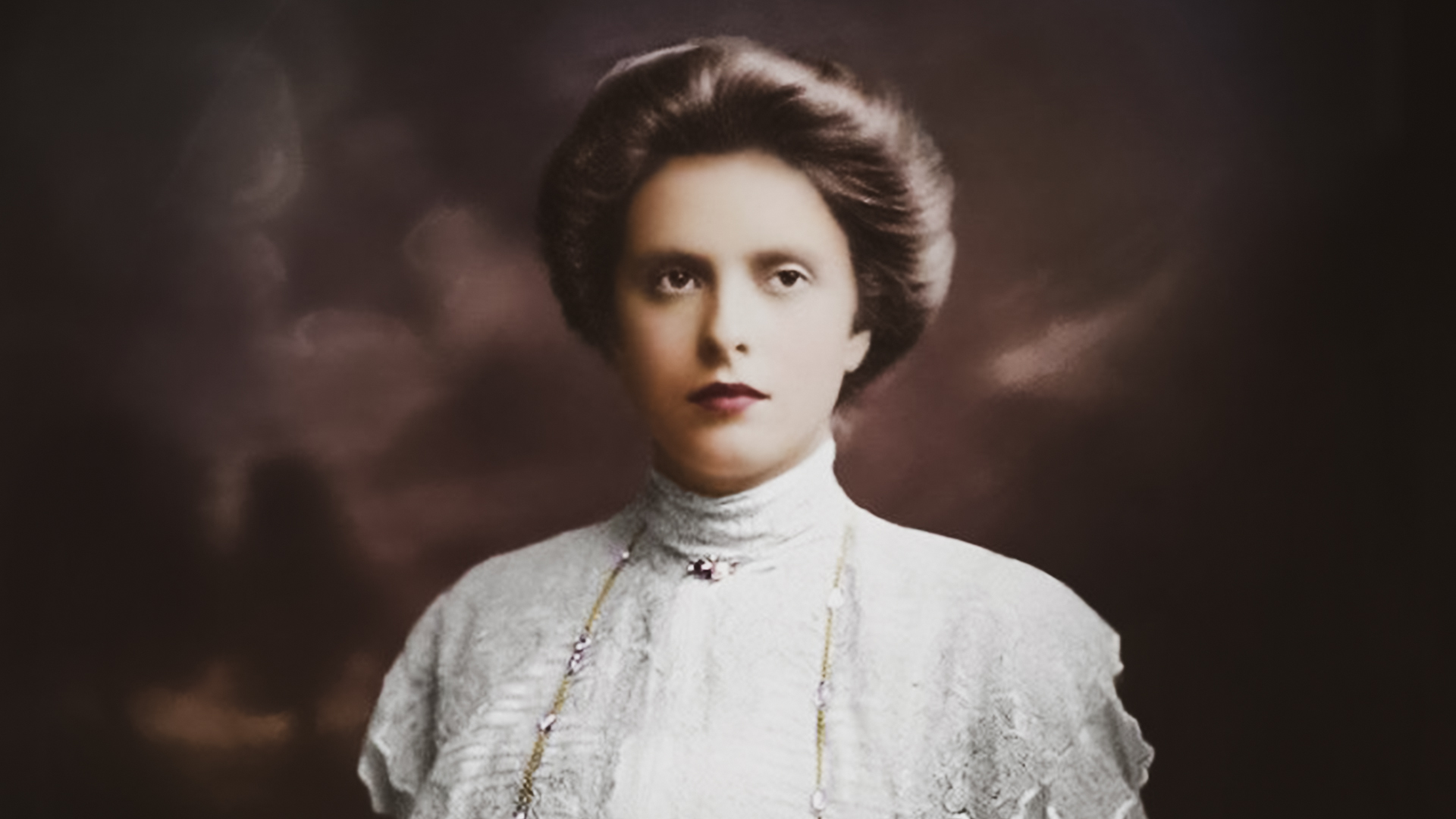
The Tragedy of Princess Alice
23.03.2022
Princess Alice was born at Windsor Castle in 1885, the daughter of Prince Louis of Battenberg and Princess Victoria of Hesse and by Rhine, and the great-granddaughter of Queen Victoria, who witnessed Alice’s birth. Alice was diagnosed as congenitally deaf as a child and learned to communicate by lip-reading.
When she was 17, she attended Edward VII’s coronation in London. There, she met Prince Andrew of Greece. They got hitched the next year, then set off for Greece, where they lived at the royal palace. They had four daughters and a son, Prince Philip. Life was drama-free for a bit. Then the Balkan wars broke out in 1912.
The Greek royal family fled Greece in 1922 after the start of the second Greco-Turkish war, the years following that escape were particularly hard on Princess Alice. She was diagnosed with schizophrenia at the end of the 1920s and soon institutionalized.
Sigmund Freud took an interest in Alice’s case because she experienced fantasies that were religious and sexual in nature, and he recommended X-raying the young royal’s ovaries to bring on menopause, despite her protestations.
She would eventually discharge herself from the clinic, but her family arranged for her placement in a sanitarium soon after.
She began doing charity work—”looking after the poorest people,” as her mother, Princess Victoria, described it—soon after her return. During the war, she worked in soup kitchens in Athens, and tried to use her royal status to procure medical supplies for the Greek people.
She founded the monastic society of Martha and Mary (also known as the Christian Sisterhood of Martha and Mary) in 1949, an order of nuns dedicated to caring for the sick.
She ran the institution as Mother Superior under the name Alice-Elizabeth, and raised funds to set up two houses for the order, one for recovering ill patients and another to train nuns.
After King Constantine II of Greece was overthrown, Alice’s son’s family whisked her away to safety in London.
Princess Alice was reportedly well-looked after, and enjoyed regular visits from friends and family, during her two-odd years at the palace. She died there in 1969.

